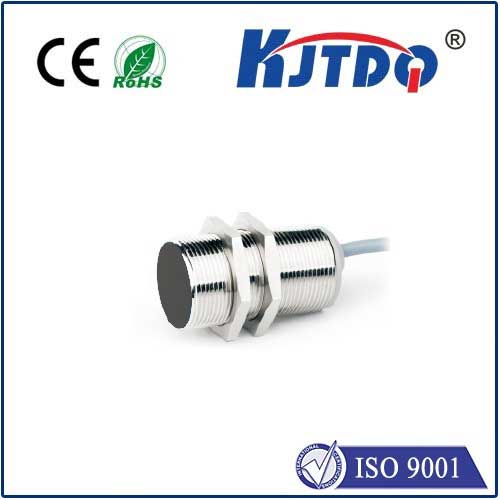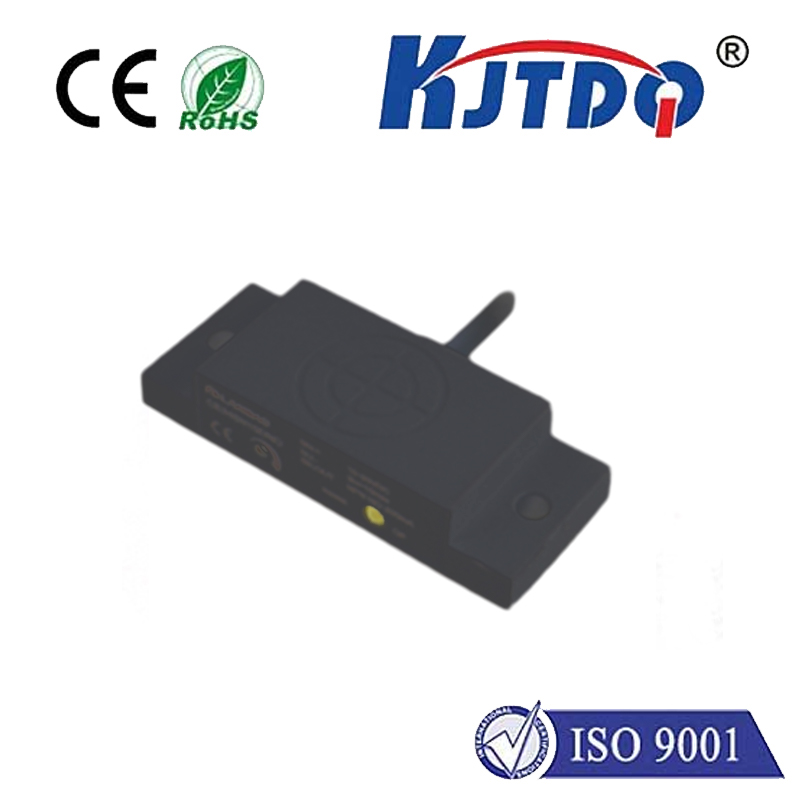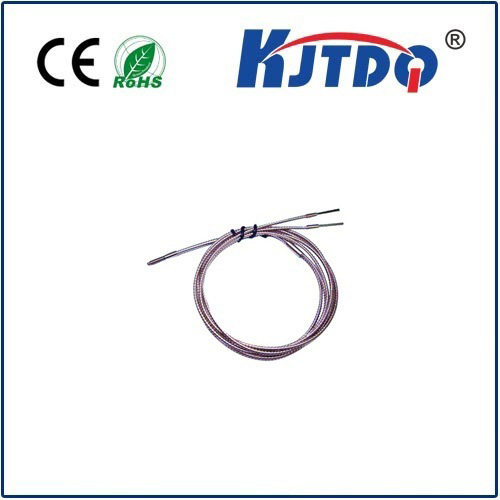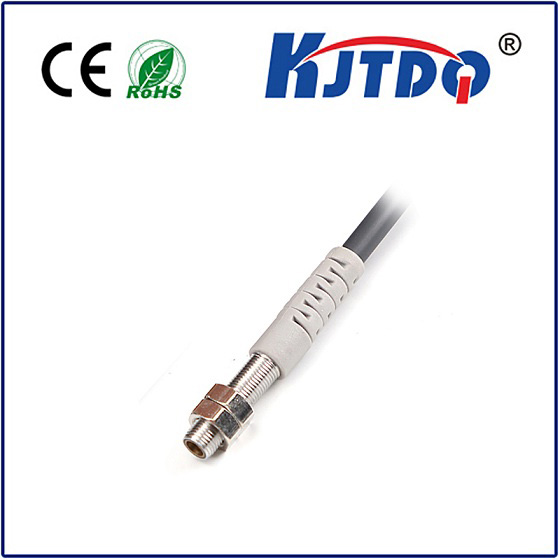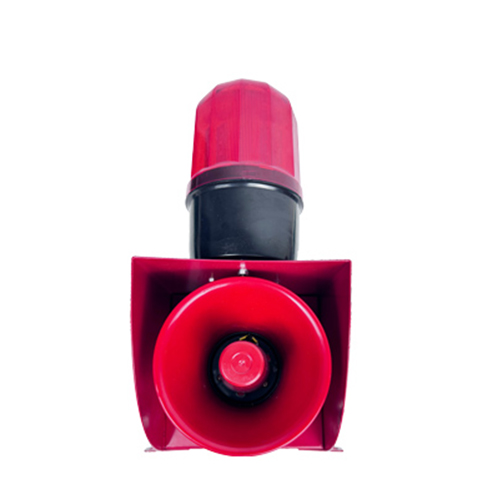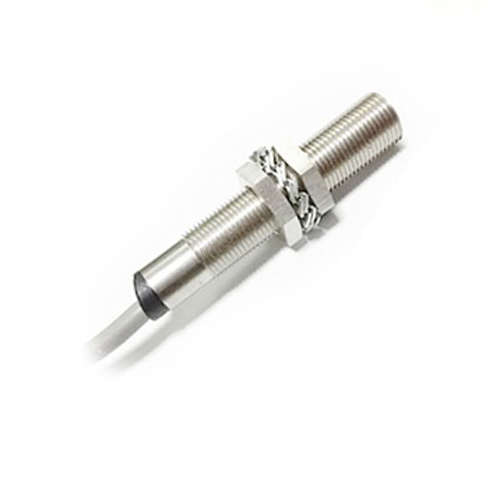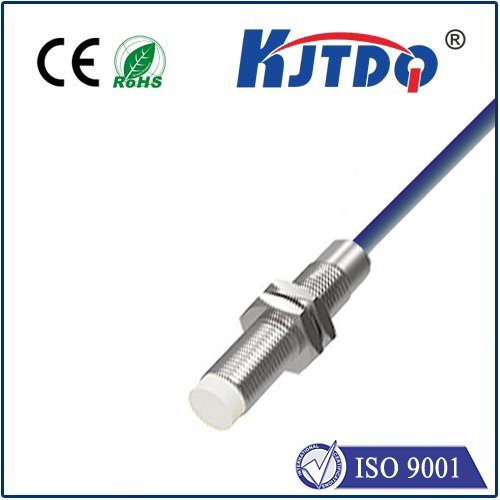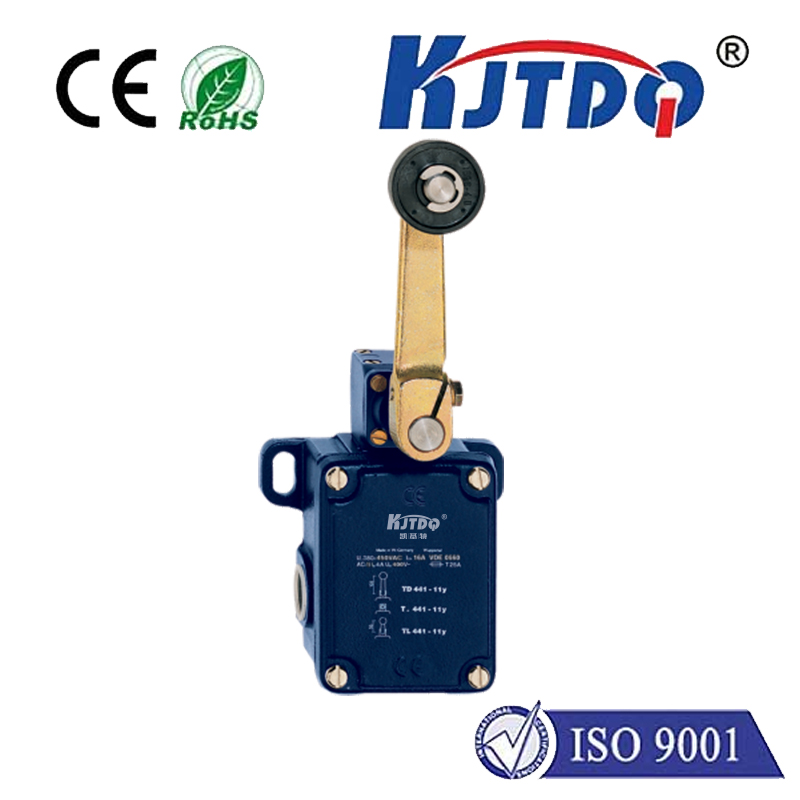ideal proximity sensor
- time:2025-06-18 02:02:24
- Click:0
The Elusive Target: Unpacking the Characteristics of an Ideal Proximity Sensor
Imagine a world of seamless automation: robotic arms glide precisely without collision, elevators know your floor instantly, parking sensors never beep falsely, and your smartphone screen dims the moment it meets your ear. This frictionless interaction hinges on a critical component – the proximity sensor. While countless sensors populate our devices and machinery, the quest for the truly ideal proximity sensor remains a fascinating challenge for engineers and designers.
Defining “ideal” in this context requires peeling back the layers beyond simple functionality. An ideal proximity sensor isn’t just one that detects presence or absence; it embodies a constellation of perfected characteristics that align perfectly with its intended application. So, what does this technological pinnacle look like?
- Unwavering Accuracy and Infinite Resolution: First and foremost, the ideal sensor provides precise, repeatable distance measurements. It wouldn’t just detect “near” or “far,” but deliver an exact, linear output proportional to the distance to the target object. Its resolution would be so fine it could discern minute distance changes beyond the requirements of most applications.
- Absolute Reliability and Unaffected Stability: Robustness is paramount. This sensor would perform flawlessly under the harshest conditions – extreme temperatures, crushing vibrations, corrosive chemicals, or high electromagnetic interference (EMI). Its output would exhibit zero drift over time and across environmental shifts; a calibration performed on day one would hold true indefinitely. Longevity would be measured in decades, not years.
- Uncompromised Range and Versatility: It would possess a long sensing range, capable of reliably detecting objects from centimeters to meters away, adapting effortlessly to application needs. Crucially, an ideal proximity sensor would be immune to target characteristics. Material composition (metal, plastic, wood, liquid), color, surface finish (shiny, matte, transparent), or ambient light levels would have zero impact on its detection capability or accuracy.
- Speed and Unperceivable Latency: In dynamic scenarios, speed is non-negotiable. The perfect sensor would feature ultra-high switching frequencies and near-zero response time. Think microseconds, enabling detection in high-speed manufacturing lines, robotics reacting to split-second changes, or safety systems activating without perceptible delay.
- Effortless Integration and Minimalist Footprint: Compact size and ease of installation are essential for modern, space-constrained designs. An ideal sensor would offer simple, versatile mounting options and multiple output configurations (analog voltage/current, digital PNP/NPN, IO-Link, etc.) to plug seamlessly into any control system. Intrinsic safety certifications for hazardous environments would be built-in, not an afterthought.
- Sensible Cost and Zero Maintenance: While perfection often commands a premium, the ideal sensor balances performance with economic viability. Crucially, it would demand zero maintenance – no periodic cleaning, recalibration, or part replacement. Its sealed design and inherent reliability would translate to minimal total cost of ownership (TCO) over its exceptionally long lifespan.
The Reality Check: Engineering Trade-Offs

Of course, achieving all these ideals simultaneously with today’s technology is impossible. Physics and economics impose constraints. This is where the concept of an ideal proximity sensor serves as a powerful benchmark rather than a tangible product. Engineers constantly navigate trade-offs:
- Sensing Principle: Inductive sensors excel with metals but ignore plastics/cardboard. Capacitive sensors detect nearly any material but are sensitive to humidity and require close range. Ultrasonic sensors handle varied surfaces at longer ranges but struggle with noise and soft materials. Optical sensors (IR, photoelectric) offer long range and precision but can be fooled by color or ambient light. Laser time-of-flight (ToF) sensors provide high accuracy at longer ranges but are more expensive and sensitive to surface properties.
- Range vs. Precision: Achieving extreme range often comes at the cost of fine precision at close distances, and vice-versa.
- Immunity vs. Sensitivity: Shielding a sensor perfectly against EMI or environmental factors can sometimes dampen its sensitivity to the target itself.
- Speed vs. Power Consumption: Ultra-high-speed detection circuits often require more power.
- Performance vs. Cost: Advanced materials, precision manufacturing, and sophisticated signal processing drive up costs.
Inching Closer to the Ideal: Technological Progress
The relentless march of technology steadily narrows the gap between reality and the ideal. Innovations are making significant strides:
- Advanced Signal Processing: Digital sensors employing powerful microcontrollers use complex algorithms to filter noise, compensate for temperature drift, ignore background objects, and enhance overall accuracy and stability. Sensor Fusion, combining data from different sensing principles (e.g., inductive and capacitive), is increasingly used to overcome individual limitations and mimic broader immunity.
- Enhanced Materials and Packaging: Improved sealing techniques (IP69K), robust housing materials resistant to chemicals and impacts, and better shielding techniques significantly boost reliability and environmental robustness. Factory calibration and temperature compensation circuits minimize drift.
- Smart Sensor Features: Integration of IO-Link communication transforms simple sensors into intelligent nodes. They offer remote parameter configuration, real-time diagnostics, process data monitoring, and predictive maintenance capabilities, simplifying integration and maximizing uptime, effectively adding layers of “ideal” functionality.
- Improved Optical and Laser Technologies: Advances in LED efficiency, laser diode stability, and photodetector sensitivity are enhancing the performance, range, and target immunity of optical and laser-based proximity sensors. Time-of-Flight (ToF) sensors, particularly using VCSELs (Vertical-Cavity Surface-Emitting Lasers), are becoming more compact, affordable, and capable.
Application Defines the Ideal
Ultimately, the definition of “ideal” is application-specific. The perfect sensor for a high-speed bottling line (demanding speed, immunity to liquid splashes, and reliability) differs vastly from the ideal sensor for a smartphone (requiring ultra-compact size, low power, and insensitivity to skin tone). Therefore, the pursuit isn’t for one universal ideal sensor, but for selecting the sensor technology that best approaches the ideal characteristics most critical for that specific use case.
Understanding the properties of an ideal proximity sensor provides a crucial framework. It empowers engineers to ask the right questions: What range is essential? How critical is target material independence? What level of speed and precision is non-negotiable? What environmental challenges must it withstand? What are the cost constraints? By clearly defining the priorities based on the ideal benchmark, the selection of the optimal real-world sensor becomes a far more precise and successful endeavor. The journey towards the ideal proximity sensor drives relentless innovation, pushing the boundaries of sensing technology to create ever more reliable, versatile, and intelligent non-contact detection solutions.






